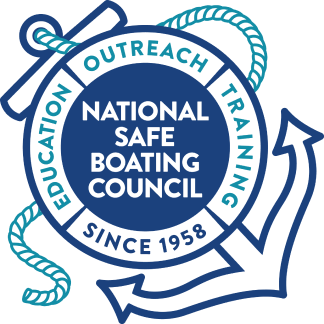Water Safety: It’s Learning to Swim and So Much More
Water Safety USA Announces 2016’s Messaging
Colorado Springs, CO (May 3, 2016) – Recently established Water Safety USA, a consortium of 13 national governmental and nongovernmental organizations, is excited to announce the group’s primary safety message for 2016; ‘Water Safety: it’s learning to swim and so much more.’
Each organization will take time to focus its swim season messaging to assert that everyone should learn swimming and basic water safety skills before they are unexpectedly in the water. Water Safety USA also offers
many resources provided by the organizations at watersafetyusa.org which provides help on why and how a person should learn to swim.
The messaging falls in line with May as the National Water Safety Month, which promotes safety in, on, or around bodies of water for people of all ages. Drowning is a leading cause of unintentional injury deaths for children aged 1-14 years old. In fact, more children aged 1-4 years die from drowning than any other cause except birth defects. These deaths are preventable which is why the opening month of swim season, May, is also
known as National Drowning Prevention Month.
“Warm weather is on the way, which means many families will be heading to beaches, pools, lakes, and waterparks. The many organizations that make up Water Safety USA want to make sure the adults are prepared and inform them on how beneficial swim lessons can be,” said Thomas M. Lachocki, Ph. D., a Water Safety USA representative from the National Swimming Pool Foundation. “The CDC reported in 2015 that every day, about ten people die from unintentional drowning. It breaks my heart because drowning is preventable with proper lessons and following simple safety tips.”
Water safety is about having an educated respect for the water, including an understanding of the layers of protection needed to keep the public safer when in, on, and around water. Water Safety USA has come together to
promote learning to swim to the public and to educate through safety tips for each outlet of aquatic fun. Messages and tips on safety at pools and waterparks, natural bodies of water, and the home environment can be found at watersafetyusa.org. Water Safety USA encourages anyone to use the messaging and tips, including organizations or groups.
Drowning is the fifth leading cause of unintentional injury deaths for all ages in the United States, which is why Water Safety USA highly encourages people of all ages to participate in formal swim lessons. The likelihood of a
child drowning can be reduced by 88 percent with formal swim lessons.
Learning to swim means much more than learning strokes though; it is learning water survival skills, practicing water safety, and developing comfort in the water. Drowning is a silent killer that can be avoided when children and parents are taught water safety and basic swim skills.
To read a comprehensive list of water safety tips, resources, proper terminology, and Water Safety USA’s associated organizations, please see the attached Media Guide.
About Water Safety USA
Water Safety USA is a consortium of leading national governmental and nongovernmental organizations with a strong record of providing
drowning prevention and water safety programs. Our mission is to empower people with resources, information, and tools to safely enjoy
and benefit from our nation’s aquatic environments. To learn more about Water Safety USA and how to swim and why, visit watersafetyusa.org.
Cited Resources:
1 Centers for Disease Control and Prevention, Unintentional Drowning: Get the Facts. (Accessed: December 28, 2015);
http://www.cdc.gov/HomeandRecreationalSafety/Water-Safety/waterinjuries-factsheet.html.
2 Centers for Disease Control and Prevention, Unintentional Drowning: Get the Facts. (Accessed: December 28,
2015); http://www.cdc.gov/HomeandRecreationalSafety/Water-Safety/waterinjuries-factsheet.html.
3 Centers for Disease Control and Prevention, Water-Related Injuries. (Accessed: December 28, 2015);
http://www.cdc.gov/HomeandRecreationalSafety/Water-Safety/index.html.
4 Centers for Disease Control and Prevention, Unintentional Drowning: Get the Facts. (Accessed: December 28, 2015);
http://www.cdc.gov/HomeandRecreationalSafety/Water-Safety/waterinjuries-factsheet.html.
5 Ruth A. Brenner, Gitanjali Saluja Taneja, Denise L. Haynie, Ann C. Trumble, Cong Qian, Ron M. Klinger, and Mark A. Klebanoff,
“Association Between Swimming Lessons and Drowning in Childhood: A Case-Control Study,” Archive of Pediatric and Adolescent
Medicine, 2009; 163(3):203-21


